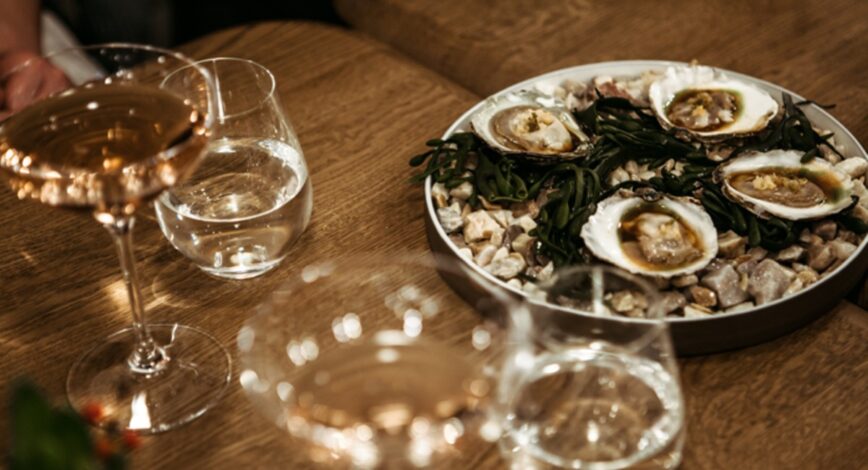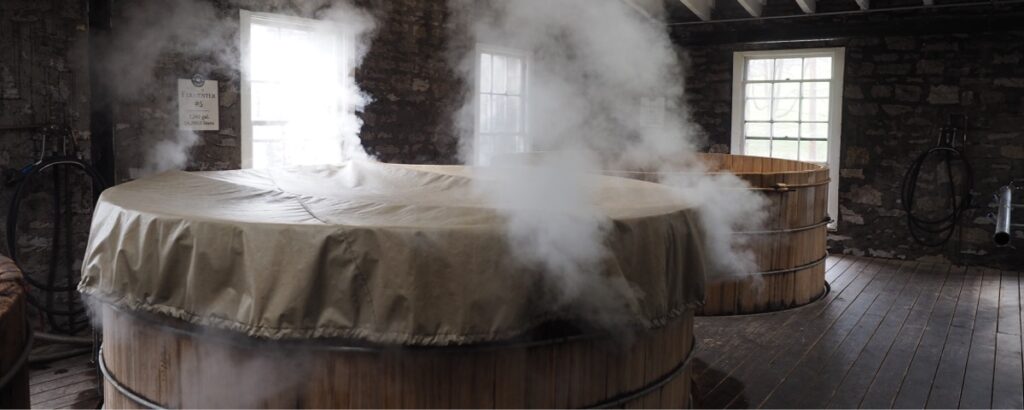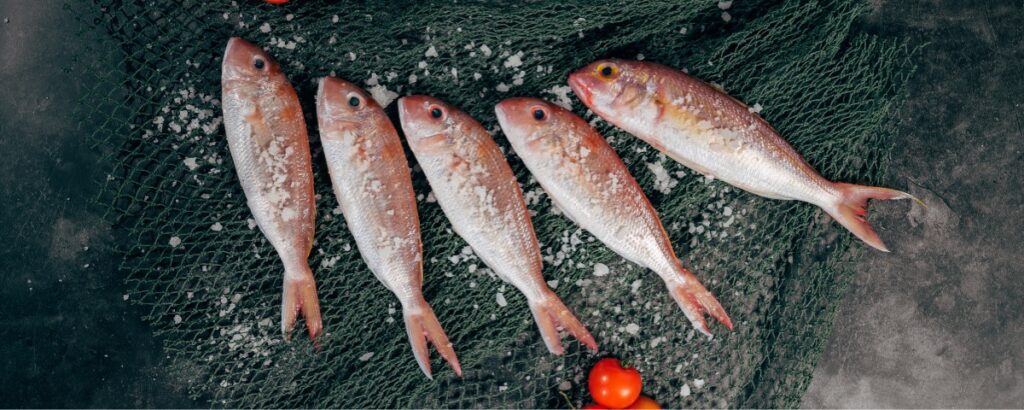
Serving
Principles for Sake pairing
Just like there are core ideas for the pairing of wine and cuisine, Sake has some pairing principles. Keep the following in mind for your reference, and find your own way of pairing! Here are the basic concepts of Sake pairing:
Match the profoundness / richness of the taste

For instance, Sake with profound taste is recommended for strong, heavy, greasy dishes . On the contrary, dishes with rather clear, plain, and soft touch go well with light Sake. By matching the level of profoundness / richness of the flavours between the dish and the Sake, both can build a beautiful harmony.
Match the elements of aroma

It is very important to match the aroma from Sake and what you enjoy with. For example, if the Sake has apple-like aroma, dishes that contain apples will be a match and create a harmonious taste. There are various flavors in one Sake so please taste first and find the aroma which you can imagine. That is what you better try with.
Match the production methods (i.e. try with fermented food)

Sake is produced through fermentation. Therefore it goes perfectly well with Japanese traditional seasoning such as soybean paste (“Miso”) and soy sauce (“Shoyu”). Other fermented products such as cheese and fish sauce also go well with Sake. Pickles like sauerkraut or Indian achar or Korean kimchee can be one of the choices to pair with Japanese Sake.
Match the range of temperature

Matching the temperature of Sake and dishes will enhance the experience. For warm Sake, hot dish is a better match. Similarly, cold Sake goes with cold dishes. Japan has 4 seasons in a year, and people like to have cold Sake in summer with dishes such as cold noodles and cold tofu, whereas we associate warm Sake with hot pot and simmer food on a cold winter day.
Match the texture

Texture is one of the crucial elements in Sake pairing. Once you put Sake into your mouth you feel various texture in your mouth. Some are relatively hard , but some are soft like a silk. Pairing Sake and dishes with similar textures will enhance the harmony, for example thick sauce with thick / viscose Sake.
Cover unpleasant (like fishy or gamey) smells

Sake can cover the unpleasant smells of fish and meat. Covering up the unpleasant smells of the ingredients eventually helps to upgrade the overall taste of the dishes. Japanese are aware of this from the experiences over the generations. Please keep the feature in mind and find a great pairing of Sake and cuisine.
************
ikki is looking for a partner who can post your knowledge or activity on our media. If you are interested please contact us through CONTACT page.







